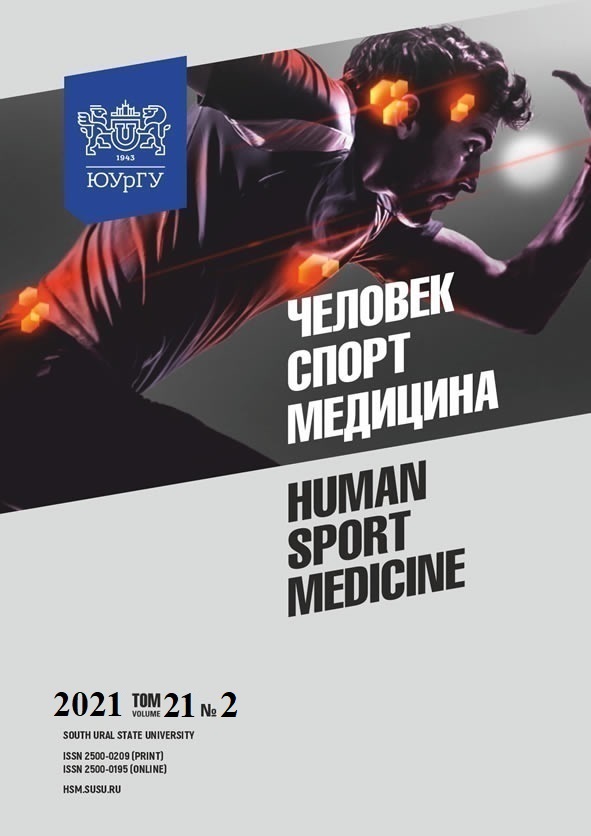ONTOGENETIC FEATURES OF MOTOR SKILLS DEVELOPMENT IN VISUALLY DEPRIVED JUNIOR SCHOOLCHILDREN
Abstract
Aim. This paper aims to identify the ontogenetic features of motor skills development in visually deprived junior schoolchildren. Materials and methods. The study involved 130 schoolchildren with visual disabilities aged 7–10. All schoolchildren attend grades 1–4 of the adaptive school. Motor skills development was assessed with the tests of A. Kravchuk (1998) modified by us for children with visual disabilities. The results obtained were analyzed with the age-related indicator of basic motor skills development (BMSD). Results. It was revealed that the most difficult for schoolchildren were such motor skills as: throwing, climbing, running and balancing. The formation of throwing skills occurs only at the age of 10 years. Running, climbing and balancing form at the age of 9 years. Motor skills development in children with visual disabilities at the age of 9 years includes coordinated hand movements and obstacle walking. Conclusion. Motor skills in junior schoolchildren with visual disabilities develop unevenly during PE classes. Therefore, there is a need for a targeted development of such motor skills as throwing, leg movements, climbing, balancing, bench running, and jumping. Thus, the program for adaptive physical education is required for the most difficult motor skills for junior schoolchildren with visual disabilities as a part of the Federal State Educational Standard of Primary General Education of students with disabilities.
References
References on translit
Copyright (c) 2021 Human. Sport. Medicine

This work is licensed under a Creative Commons Attribution-NonCommercial-NoDerivatives 4.0 International License.















